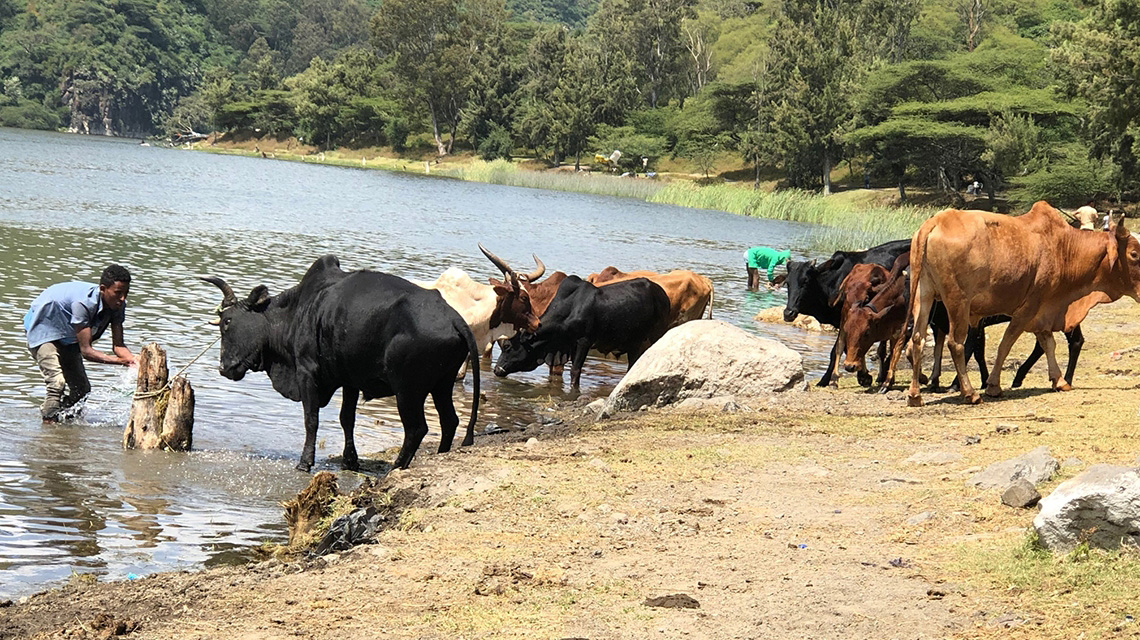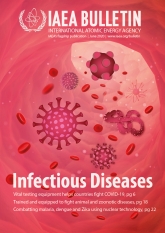The IAEA played a pivotal role in establishing the NVI’s molecular laboratory, where new strains of viruses are characterized so that vaccines can be adjusted to provide protection against them, Yami said.
This characterization of the viruses’ deoxyribonucleic acid (DNA) and ribonucleic acid (RNA) is carried out using nuclear-derived molecular techniques, which can reveal the differences between strains. This technology is used to compare the wild virus from an outbreak with the vaccine itself, and, if they are closely related, the vaccine will provide the required protection. If they are not, the vaccine needs to be modified.
The IAEA now relies on the NVI’s experts to train scientists from across Africa in the use of various nuclear techniques in animal health, Lamien said. “Animals, and with them the diseases they carry, cross borders,” he said. “Therefore, a continent-wide approach is required to fight these diseases.”




